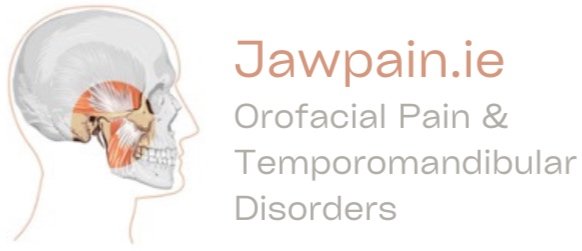TMJ, Orofacial Pain, Bruxism, Botox… lets try and make some sense of it??
There are many pain disorders of the jaw and face, that can occur in isolation or co-exist and frequently will contribute to confusion in medical and dental settings. Lets try and bring some clarity to these confusing topics.
TMJ: The TMJ (temporomandibular joint) is the jaw joint located in front of the ear canal and can be palpated by placing your finger in front of the ear canal and by moving the jaw from side to side. We have a right and a left TMJ connected by the lower jaw bone (mandible). Patients will often attend my practice complaining of TMJ ( meaning they have a problem with their TMJ)! Some TMJ complaints are associated with pain and this pain is triggered by moving the jaw (chewing, yawning etc). However not all TMJ problems are associated with pain. Some are mechanical in origin and patients will complain of limited mouth opening or clicking with jaw movement.
Orofacial pain: It is important to appreciate that multiple ‘jaw pain’ sources exist. Yes, the TMJ is one source but patients can complain of jaw pain arising from the jaw joint (TMJ), jaw muscles, facial nerves, sinuses, teeth, and just to make matters more complicated, referred jaw pain may arise from the neck (cervicogenic)and other distant organs (even the heart!) and this pain maybe felt in the jaw and facial regions.
Bruxism: jaw behaviours such as clenching and grinding are collectively termed ‘Bruxism’. Most patients who clench and grind do NOT present with jaw pain. The prevalence of bruxism in the population is extremely high and can affect young children, teenagers and adults. However these jaw behaviours can play an important role in the perpetuation of certain TMJ and jaw pain conditions.
Botox: There are many treatment options for TMJ / jaw pain. Botox is one of these options BUT there are many other avenues of treatment that should be attempted first. The critical step during management and treatment is having a clear diagnosis first. Over the next few weeks and months we will discuss the common forms of a TMJ problem, those common Orofacial Pain conditions, diagnostic strategies and common treatments. We will also discuss the importance of jaw behaviours (bruxism) and the factors that influence these jaw behaviours (genetics / stress / classic conditioning).
